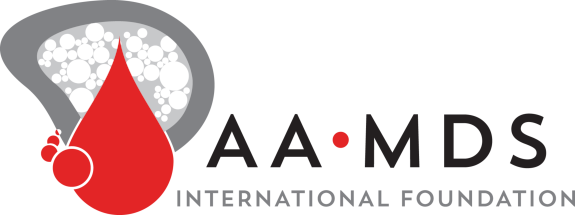Cell-autonomous dysregulation of interferon signaling drives clonal expansion of SRSF2-mutant MDS stem/progenitor cells
Key Points
SRSF2 mutations blunt responsiveness of MDS cells to IFN stimulation and promote their clonal fitness by downregulating STAT1 expression
Proteasome inhibition restores STAT1 protein level and sensitivity of SRSF2-mutant MDS cells to IFN, suggesting a new therapeutic strategy





